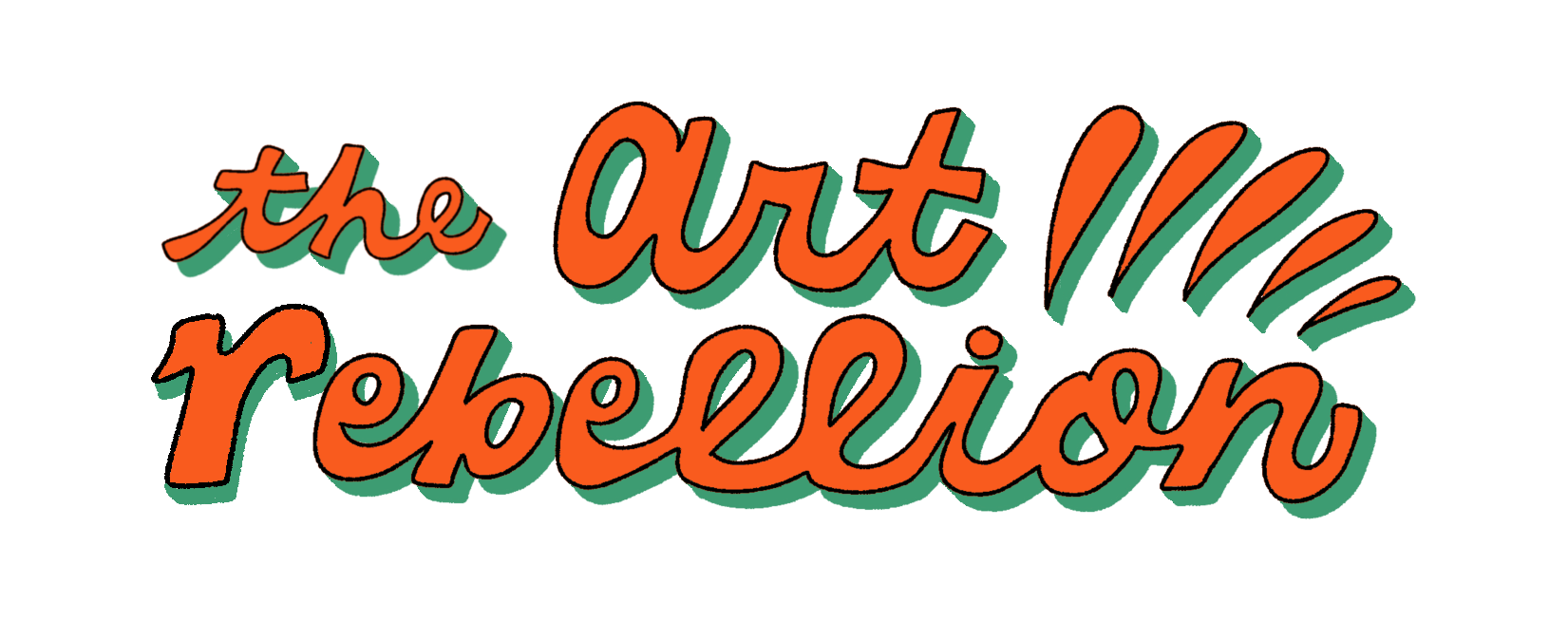In Omaha, an art space empowering local artists and fighting segregation
Sharing a story from guest writer Jonathan Orozco, a journalist and artist based in Omaha about the Union for Contemporary Art, an organization that has become a staple in the city’s small art scene.

Happy leap day, y’all!
Today, I’m sharing a story from guest writer Jonathan Orozco, a journalist and artist based in Omaha about the Union for Contemporary Art, an organization that has become a staple in the city’s small art scene.
Created by Brigitte McQueen to fight Omaha’s deep segregation, the Union provides much needed support for local artists to thrive.
Here’s an excerpt from the story:
On a frigid December day in 2010, Brigitte McQueen was ending her last week as an employee at the Bemis Center for Contemporary Arts, a residency and exhibition space in downtown Omaha.
McQueen was working in the Underground, a space she converted from an old and dilapidated brick basement into an exhibition room highlighting work from local artists. Suddenly, a pipe burst and “totally destroyed what I had built down there, which I still hold as a very interesting kismet moment in my life,” she says.
McQueen says she witnessed a lack of interest and support for contemporary artists from the handful of Omaha art institutions like Bemis Center and Joslyn Art Museum. Most exhibitions focused on what national and international artists were doing, catering toward an audience that already had a background and was knowledgeable in art. And some say the wider arts community in Omaha has engaged in unsavory, clique-ish and exclusionary behavior.
She knew a change was needed.
Just a month after the pipe burst, McQueen founded the Union, an art-focused organization with an exhibition and theater space serving the primarily Black residents in North Omaha, and Omaha artists at any stage of their development.
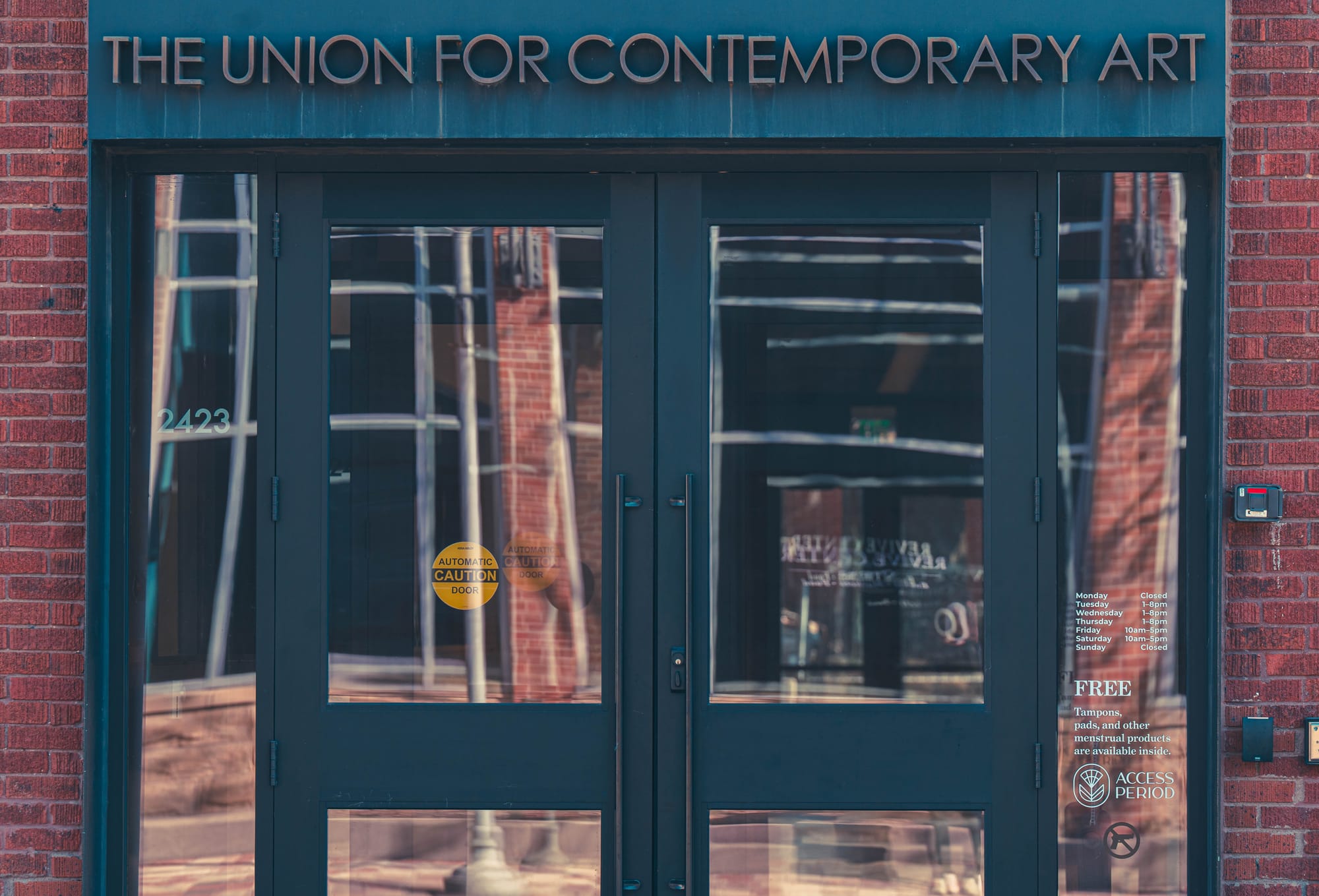
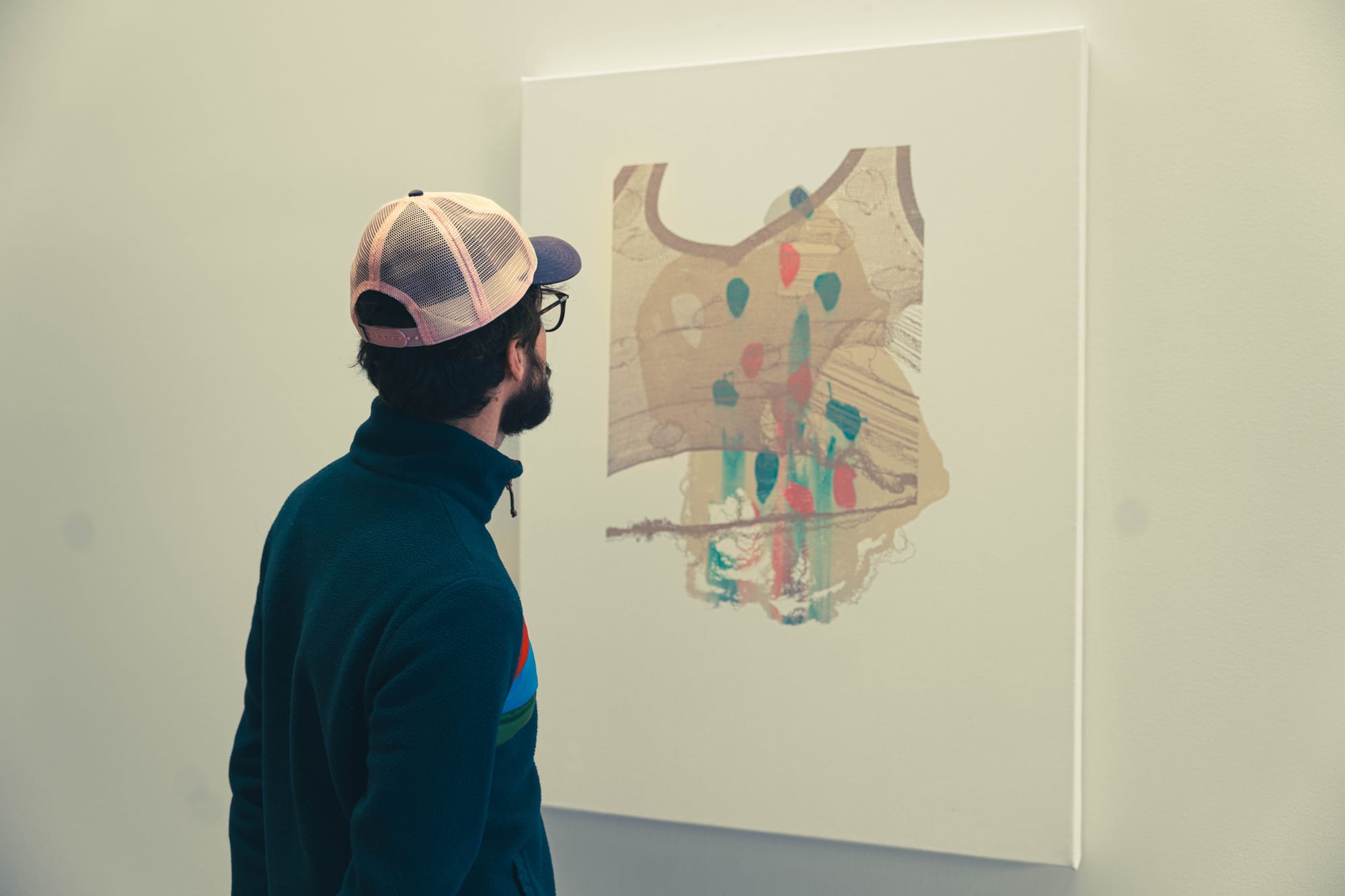
The Union for Contemporary Art is dedicated to empowering Omaha based artists and ensuring everyone has access to creative culture. Photos by FinesseMedia
At the time, Omaha’s two major visual arts organizations were downtown with a handful of galleries and smaller museums sprinkled across the rest of the city, like South Omaha’s El Museo Latino, a museum dedicated to the Latino arts of the Americas, but leaving very little in terms of a museum experience in North Omaha.
The Union aims to close that gap, through its exhibitions, public studios, classes, community garden, and theater. It also offers grants, fellowships, and residencies to marginalized people in Omaha.
“The Union was born of those two things,” McQueen says, “wanting to to address the segregation that exists in Omaha, to create a space for myself and people like me, and to figure out ways to better support our local art community so that we would stop losing artists because at the time, we were losing them in droves.”
In 2012, McQueen launched the fellowship program, converting five office spaces into studios for local artists, and began curating exhibitions in storefronts in North Omaha since there wasn’t space in the former building to host exhibitions.
Curating exhibitions — discovering artists and sharing their work with the community is sacred to McQueen. She doesn’t have academic training art, and during her early days working in the arts, “many other curators in Omaha pointed that out to me and refused to let me own that title, or acknowledge that the work that I was doing was curatorial.”
She now sees her nontraditional background as a strength.
“It allows me to be able to create conversations with anyone who walks off the street, about what they're seeing and experiencing,” McQueen says. “If that means that we just stand there and talk about how much you like that color pink, then we're gonna stand there and talk about how much you love that color pink and how it's making you feel and how it's moving you.”
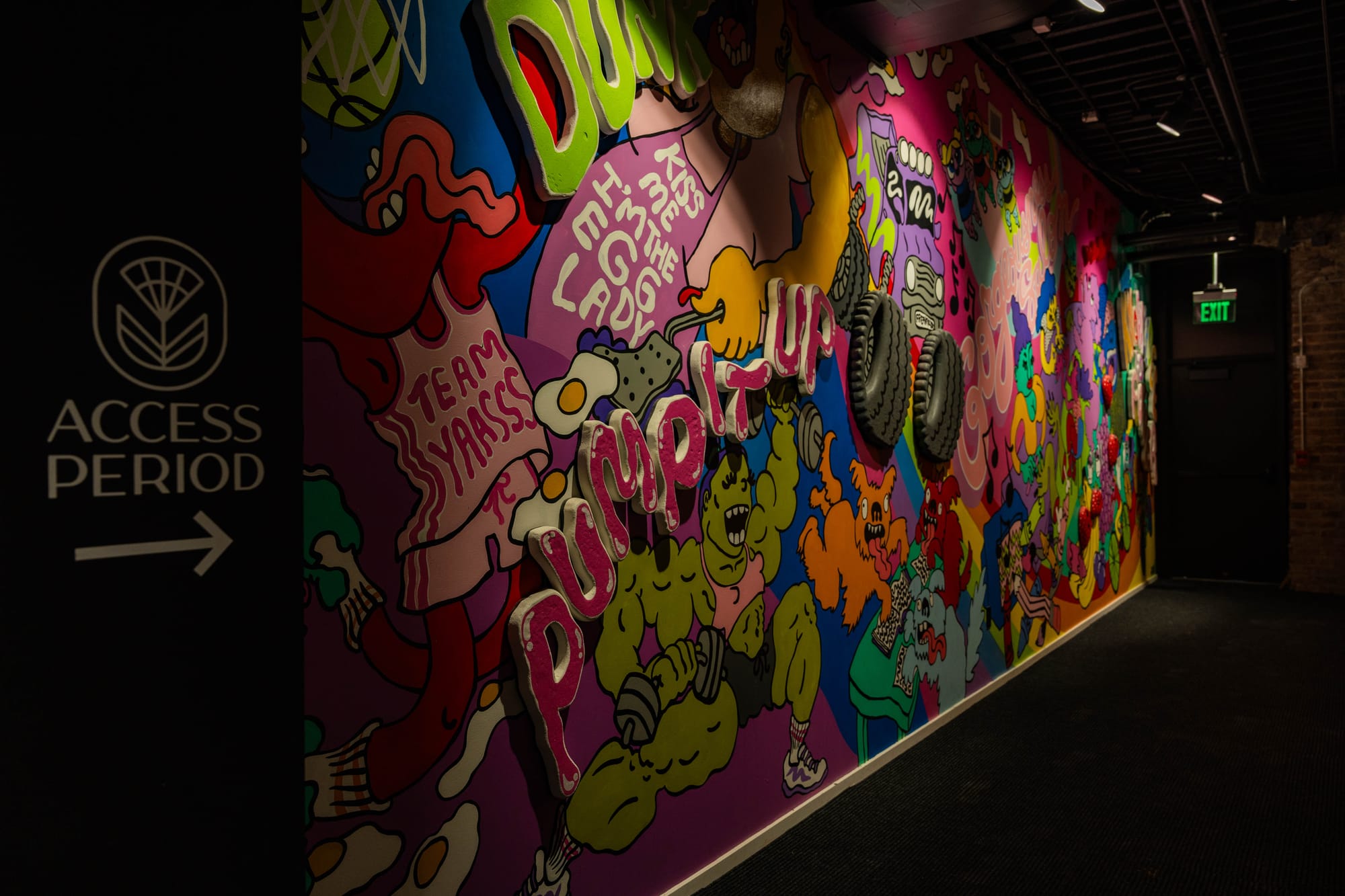
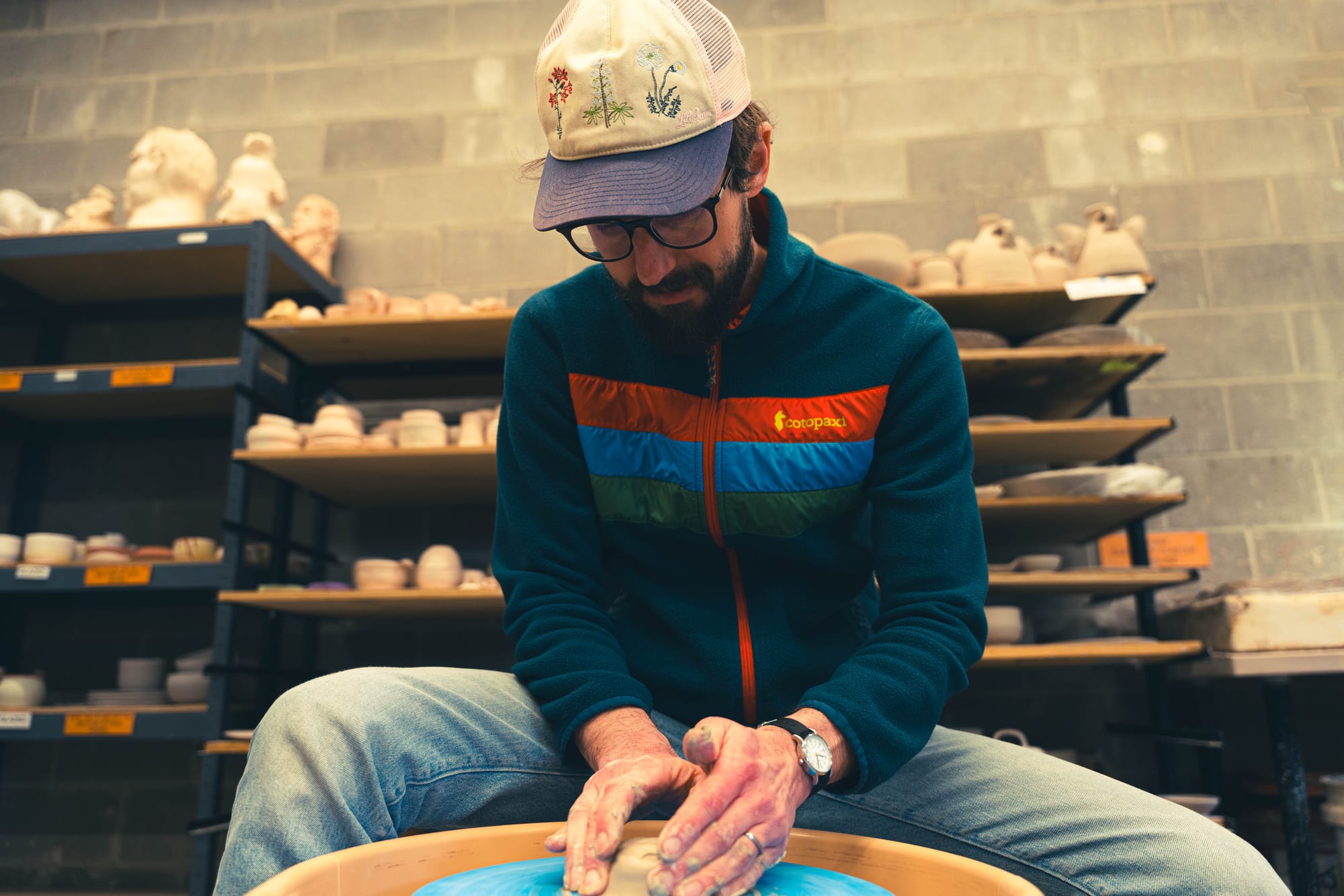
Photos of the Union by FinesseMedia.
Over time, the Union’s budget grew from an initial $60,000 donation from the Weitz Family Foundation in 2011 to over $2 million, expanding to what it is today, and has successfully completed two capital campaigns, raising just over $5 million to renovate its current space, and over $8 million to build a theater.
In the past decade, the Union has hosted thousands of visitors in their Wanda D. Ewing Gallery, art studios and performing arts spaces. It’s awarded 20 artists fellowships which come with a free private studio, a $3,000 honorarium, $500 professional development funds, a one year pass to their co-operative studio, and opportunities to engage with other arts and culture workers.
Since 2020, they’ve also disbursed $312,000 in grants to more than 200 artists throughout the Omaha-Lincoln area, through the Populus Fund program, which is supported by the Andy Warhol Foundation for the Visual Arts.
“My support from the Union has been epic. Even now in my practice, if I'm stuck in something, I can walk right through those doors and say, ‘hey, can you help me with this?’” says Celeste Butler, a textile artist based in Omaha. “I've received that level of love and support which made me feel at home and it made me want to dig deeper.”
“Omaha can crush you because it is not vibrant like other places, especially when it comes to the arts, and it can be stifling. It can almost snuff out and pull the life out of you and make you want to stop and go out and get a regular job. I never got that feeling with the Union.”
Head to our site to read the full story.
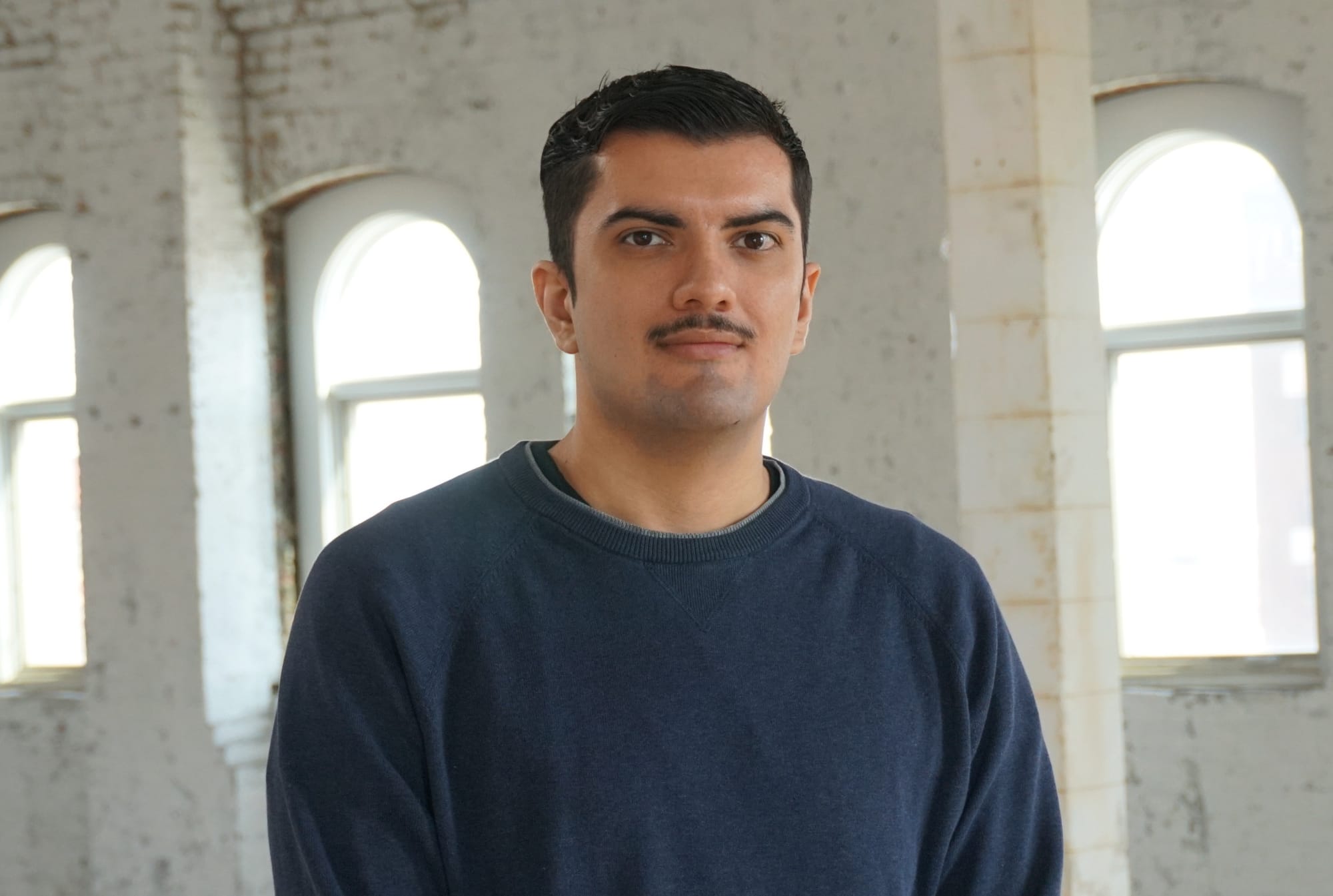
Linky links
- American Ballet Theatre dancers and stage managers voted to strike. According to the American Guild of Musical Artists, only about 30% of artists at American Ballet Theatre earn a sufficient income from their salary to sustain themselves.
- Op-Ed: Minneapolis Park Board must stop exploiting artists.
- “Creative work is work. Labor deserves to be compensated. A budget is a reflection of values, and not including artists in the budget for these park events is an ethical failure on the part of the Minneapolis Park and Recreation Board. By asking musicians to play for free at more than 200 events, the board is telling us that it is fine with extracting hundreds of thousands of dollars in unpaid labor from its own citizens.”
- There is nothing irresistible about deejaying during a genocide:
- “The juxtaposition of joyous dance and the reality of ongoing genocide and oppression is indeed unsettling. It is wildly disturbing to be able to just dance and turn an eye to what is happening in Gaza. But in the same token, dance is also a kinesthetic practice of resisting social norms and standards. Specifically here, people come to my shows and dance to resist the racist Chicago nightlife scene that says that we are not welcome here. It is an intervention. It is a way for me to keep our community together during a time where we are not seen as people, where we are not respected for our diverseness and openness to be joyous and free even in the face of our people’s erasure.”
As always, thank you for taking time to read this newsletter.
I hope you enjoyed this story about the Union for Contemporary Art, which was supported by the Solutions Journalism Network. It also feels great to welcome a new writer to the art rebellion.
Please consider sharing the art rebellion with a friend and following this work on Instagram and TikTok.
See y’all next time. 🌙
